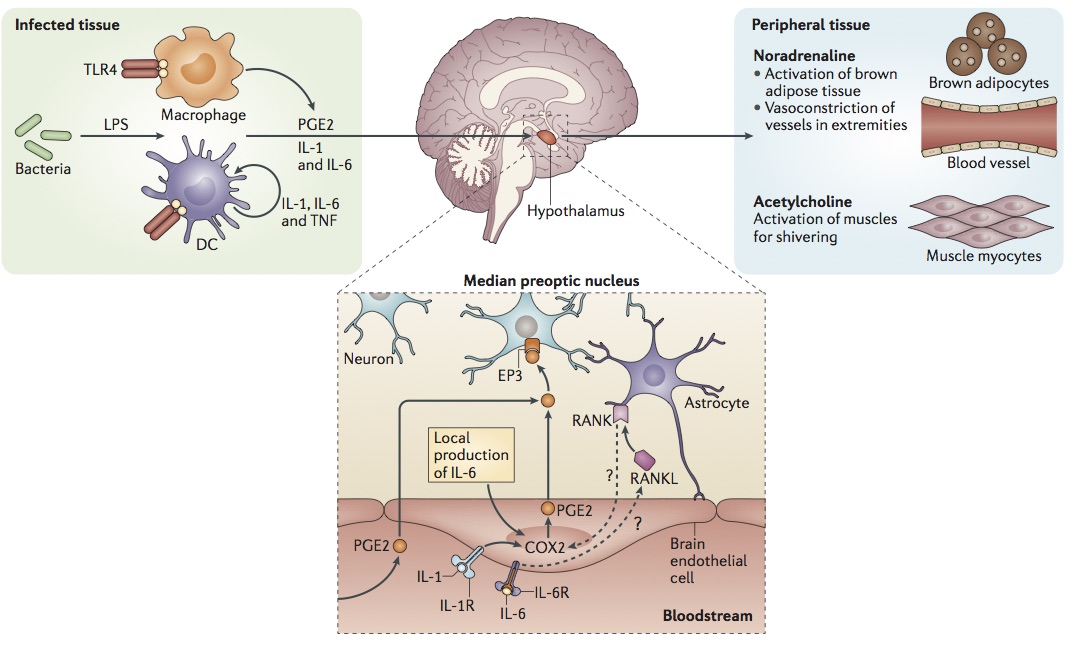גיטין לט, א
אין אדם מוציא דבריו לבטלה
A person does not say things without reason...(Gittin 39a)
In a discussion about the nature of a slave's ownership rights, the Talmud questions the degree to which a person's inarticulate declaration may be understood. Rabbi Meir (c.~2nd century CE) is cited as establishing an important hermeneutic principle, which has become known as the Principle of Charity. This principle has been widely discussed by contemporary philosophers, most notably by three Americans, Willard Quine (d. 2000), Ronald Dworkin (d. 2013) and Donald Davidson (d. 2003).
The Principle of Charity
The Principle of Charity asks the reader (or listener) to interpret the text they are reading (or words they are hearing) in a way that would make them optimally successful. Here's how Moshe Halbertal from the Hebrew University explained it:
[A]lthough a person’s words might be read as self-contradictory and thus meaningless, they should not be interpreted in that way. If someone tells us he feels good and bad, we should not take his statement as meaningless but rather understand by this that sometimes he feels good and sometimes bad, or that his feelings are mixed. (Moshe Halbertal. People of the Book. Harvard University Press 1997, p27.)
Other philosophers of language, like the late American analytical philosopher Donald Davidson developed this Principle of Charity. “We make maximum sense of the words of others,” wrote Davidson, “when we interpret in a way that optimizes agreement.” But sometimes The Principle of Charity requires that the reader change the meaning of the text in order to maximize the likelihood of agreement with the author’s words, as long as such a rational or coherent interpretation is available to the reader. It is the attempt to read the text in the “best” possible light.
We could include in this discussion Ludwig Wittgenstein (d. 1951). In his Philosophical Investigations he claimed that there is no single correct way that language works. Instead, there are "language games" - with the rules of the game changing as the needs of the speaker change. Or the American philosopher John Searle's important work Speech Acts, in which speech follows certain rules, and it is the context of the words that determine which rules are in force. Or the father of deconstruction, the French Sephardi philosopher Jacques Derrida (d. 2004) who believed that once they are cut off from their author, words can mean something other than what they meant in their original context. Or J.L Austin or Paul Ricoeur or, well, we could go on and on.
But from today's daf, we should remember that it was Rabbi Meir who first introduced us to the hermeneutic Principle of Charity. Now can you please fix that Wiki article so that Rabbi Meir gets his just recognition?
[Partial repost from Ketuvot 58.]









![By Rcragun (Own work) [CC BY 3.0 (http://creativecommons.org/licenses/by/3.0)], via Wikimedia Commons](https://images.squarespace-cdn.com/content/v1/54694fa6e4b0eaec4530f99d/1452268160939-PHU1CQR7IWO804I736PN/image-asset.png)



